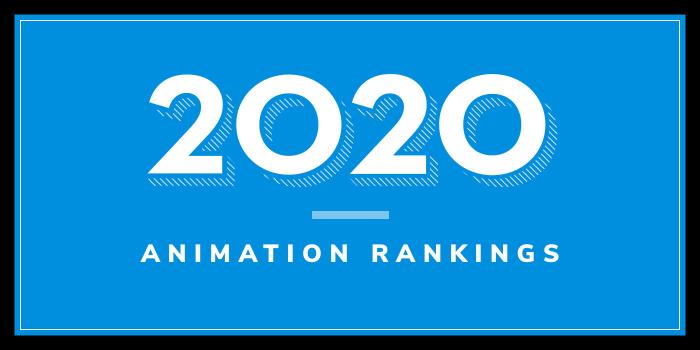Virginia Polytechnic Institute and State University (Virginia Tech) welcomed its first class in 1872 under the name Virginia Agricultural and Mechanical College. Today, with a 2,600-acre main campus, educational and research facilities across the state, a study-abroad site in Switzerland, and a 1,800-acre agriculture research farm near the main campus, the school serves more 34,950 students enrolled in around 280 undergraduate and graduate degree programs across nine colleges and a graduate school. The College of Architecture and Urban Studies houses the School of Visual Arts (SOVA), which offers BFA and MFA degrees in Creative Technologies.
Students in this 120 credit hour BFA program will take courses in areas such as 3D Animation and Modeling, Digital Video and Visual Effects, and Digital Painting. Course highlights include 3D Computer Animation, Computer Animation Studio, New Media Art, Drawing, and Digital Photography. Students may also choose a Plan of Study from the following: Immersive Virtual Environments, Code and Form, and Moving Image. All Plans offer animation coursework.
Immersive Virtual Environments students will take Topics in Computer Animation (Character Modeling), Topics in Computer Animation (Character Animation), Topics in Computer Animation (Video Game Design), and one other 3500 or 3600-level art course.
Code and Form consists of Topics in Computer Animation (Processing), Topics in Digital Art + Design (Multimedia Studio Max/MSP), Intermediate Sculpture, and one other 3500- or 3600-level art course.
Moving Image consists of Topics in New Media Art (Digital Video), Topics in New Media Art (2D Motion Graphics), Topics in New Media Art (Digital Illustration), and one other 3500, 3600 or 3700-level art course.
The MFA in Creative Technologies is a terminal degree program that the school says, “prepares students to use digital and new media technology to create, present, communicate, and shape information and imagery.” The program, which “focuses on creative practice at the intersections of digital technology and artistic exploration,” allows MFA students to design a specific program of study that fits their individual interests.
Students in this 60 credit hour program will have the opportunity to develop original work in motion graphics, digital imaging, 3D animation, interactive multi-media design, video, installation, creative coding, spatial interactivity, web design, and sound and imaging. A thesis is required (12 credit hours) and students can complete up to 15 credit hours in field studies and internships.




